Hummingbirds are fascinating creatures, and offering them a feeder with sugar water is a great way to attract them to your garden. However, it’s important to use the right amount of sugar to ensure the birds stay healthy. The correct sugar-to-water ratio mimics the natural nectar that hummingbirds feed on, providing them with the necessary energy to sustain their high metabolism.
Understanding how to make sugar water properly, including the best ratio and any potential dangers, will help you keep your feathered visitors happy and well-fed.
For hummingbird feeders, the typical ratio for sugar water is 4 parts water to 1 part sugar. This ratio closely mimics the natural nectar found in flowers that hummingbirds feed on. Here’s how you can make it:
- Boil water to remove impurities, then let it cool down.
- Mix 1 part sugar into 4 parts water until the sugar dissolves completely.
- Let the mixture cool to room temperature before filling your hummingbird feeder.
Avoid using honey, artificial sweeteners, or red food coloring, as these can be harmful to hummingbirds. It’s also essential to clean your feeder regularly to prevent mold and bacterial growth.
Can You Use Too Much Sugar in a Hummingbird Feeder?
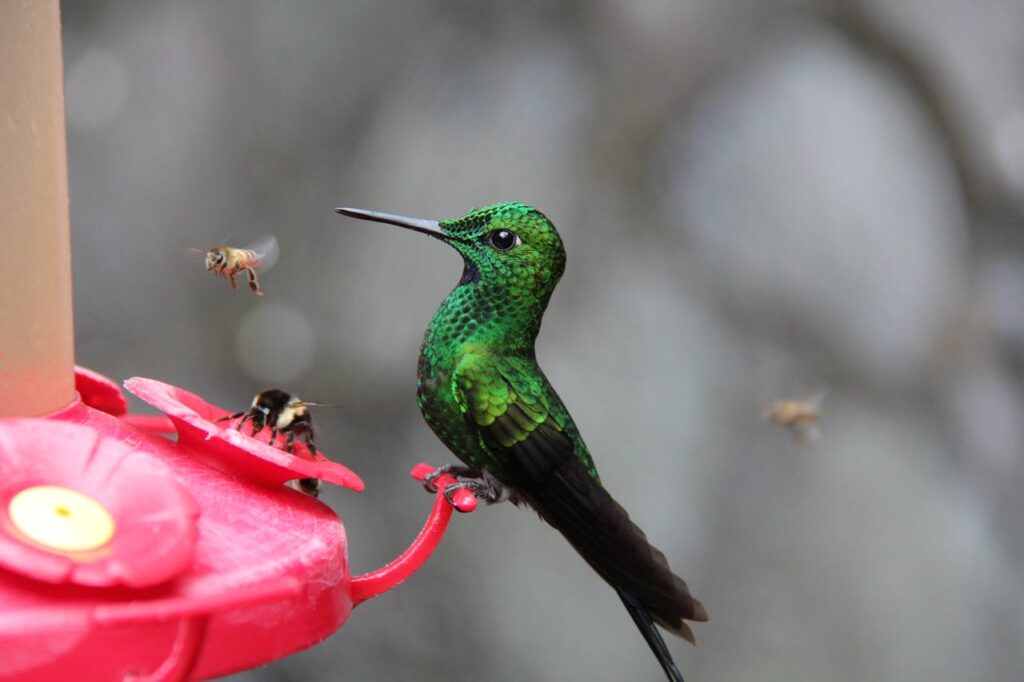
Yes, it’s possible to use too much sugar in a hummingbird feeder, which can lead to health issues for the birds. A sugar concentration that’s too high can dehydrate hummingbirds and put undue stress on their kidneys. It’s essential to stick to the correct ratio to avoid causing harm. Too much sugar can also lead to fermentation, encouraging mold growth and attracting pests like ants and wasps.
A solution with too much sugar can also ferment faster, especially in warm weather, leading to harmful bacteria and fungus forming in the feeder. This not only affects the hummingbirds’ health but can also make them sick. To prevent this, use the recommended sugar-to-water ratio and change the feeder solution regularly, particularly in hot weather.
What Is the Best Water to Sugar Ratio for Hummingbirds?
The best water-to-sugar ratio for hummingbird feeders is 4 parts water to 1 part sugar. This 4:1 ratio mimics the natural nectar found in flowers and is ideal for providing hummingbirds with the energy they need. It ensures that the birds receive enough calories without putting them at risk of health issues from an overly concentrated sugar solution.
Here’s how to make the perfect hummingbird food:
- Mix 1 cup of white granulated sugar with 4 cups of water.
- Stir until the sugar is fully dissolved.
- There’s no need to boil the water unless your tap water is not safe for drinking. However, boiling can help dissolve the sugar faster and extend the freshness of the solution.
- Let the mixture cool before filling your hummingbird feeder.
It’s important to avoid using honey, artificial sweeteners, or food coloring in the mixture, as these can be harmful to hummingbirds.
Which Sugar Concentration Do Hummingbirds Prefer?
Hummingbirds naturally prefer nectar with a sugar concentration of about 20-25%, which is what you get with the 4:1 water-to-sugar ratio. This concentration gives them the right amount of energy to fuel their rapid wingbeats and constant activity.
A weaker solution (too much water and not enough sugar) won’t provide sufficient energy, while a stronger solution could harm their kidneys and digestive system. It’s also worth noting that a solution that’s too sugary can lead to rapid fermentation and bacterial growth, posing additional risks.
Is Brown Sugar OK for Hummingbirds?
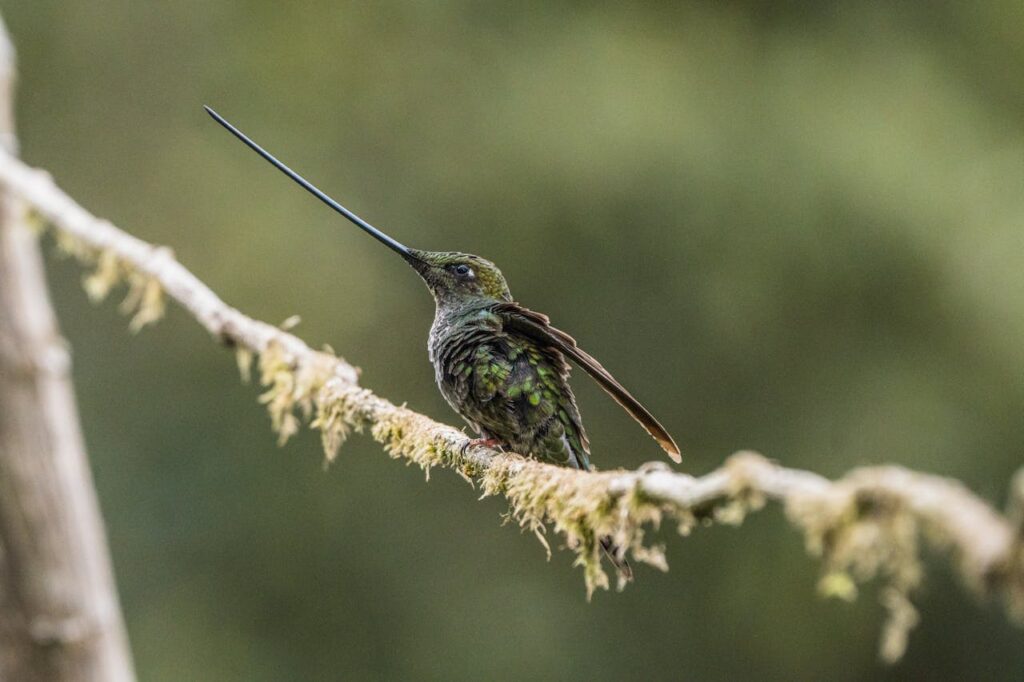
No, brown sugar is not suitable for hummingbirds. Brown sugar contains molasses and other additives that can make it difficult for hummingbirds to digest and can lead to health issues. For their safety, it’s essential to stick to white granulated sugar when preparing the nectar.
Other sugar alternatives, such as raw sugar, honey, or artificial sweeteners, should also be avoided. Honey can ferment quickly and cause fungal growth, while artificial sweeteners don’t provide the energy hummingbirds need and can be harmful to their health.
How to Make Sugar Water for Hummingbirds
Making sugar water for hummingbirds is simple, but it’s important to follow the correct steps to ensure the solution is safe and nutritious for the birds.
Ingredients:
- 1 cup of white granulated sugar
- 4 cups of water
Instructions:
- Measure the sugar and water: Use 1 part sugar to 4 parts water (e.g., 1 cup of sugar and 4 cups of water).
- Heat the water (optional): You can boil the water for 1-2 minutes to help the sugar dissolve more quickly and to keep the mixture fresh for longer. Boiling is especially useful if your tap water isn’t of drinking quality, but it’s not strictly necessary for every batch.
- Mix until dissolved: Stir the sugar into the water until it completely dissolves. If you’ve boiled the water, allow it to cool down to room temperature before proceeding.
- Fill your feeder: Once the solution is cool, pour it into a clean hummingbird feeder.
- Store the leftover mixture: If you make more sugar water than needed, you can store the rest in the fridge for up to one week.
- Clean your feeder regularly: To keep your hummingbirds healthy, clean your feeder and replace the sugar water frequently. In hot weather, this may need to be done every 2-3 days, while in cooler months, once a week is sufficient. A dirty feeder can develop mold, which is dangerous to the birds.
What Can I Feed Hummingbirds Besides Sugar Water?
Besides sugar water, hummingbirds primarily feed on natural nectar from flowers and small insects for protein. You can provide additional food sources by incorporating the following into your garden:
- Native Nectar-Rich Flowers: Plant flowers that naturally attract hummingbirds, such as:
- Trumpet vine
- Bee balm
- Salvia
- Honeysuckle
- Fuchsia
- Columbine
- Insects: Hummingbirds eat tiny insects like gnats, aphids, and spiders. Encouraging a natural habitat with native plants and minimizing pesticide use will help attract these small insects.
- Fruit Juice: Though not a complete substitute, some hummingbirds may sip diluted fruit juice (no added sugar). You can place cut fruits like oranges in your yard to attract both hummingbirds and insects.
These alternatives offer a more natural diet, but it’s still good to maintain feeders with sugar water as a reliable food source.
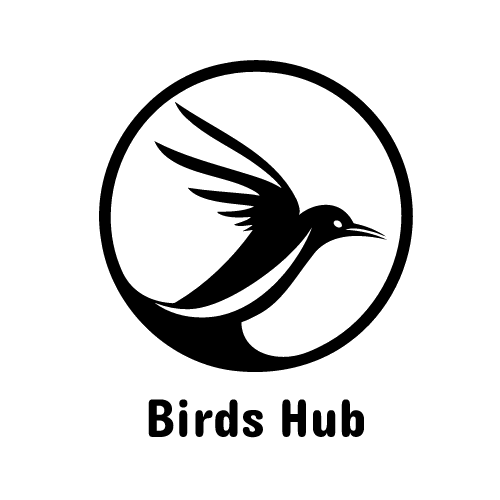
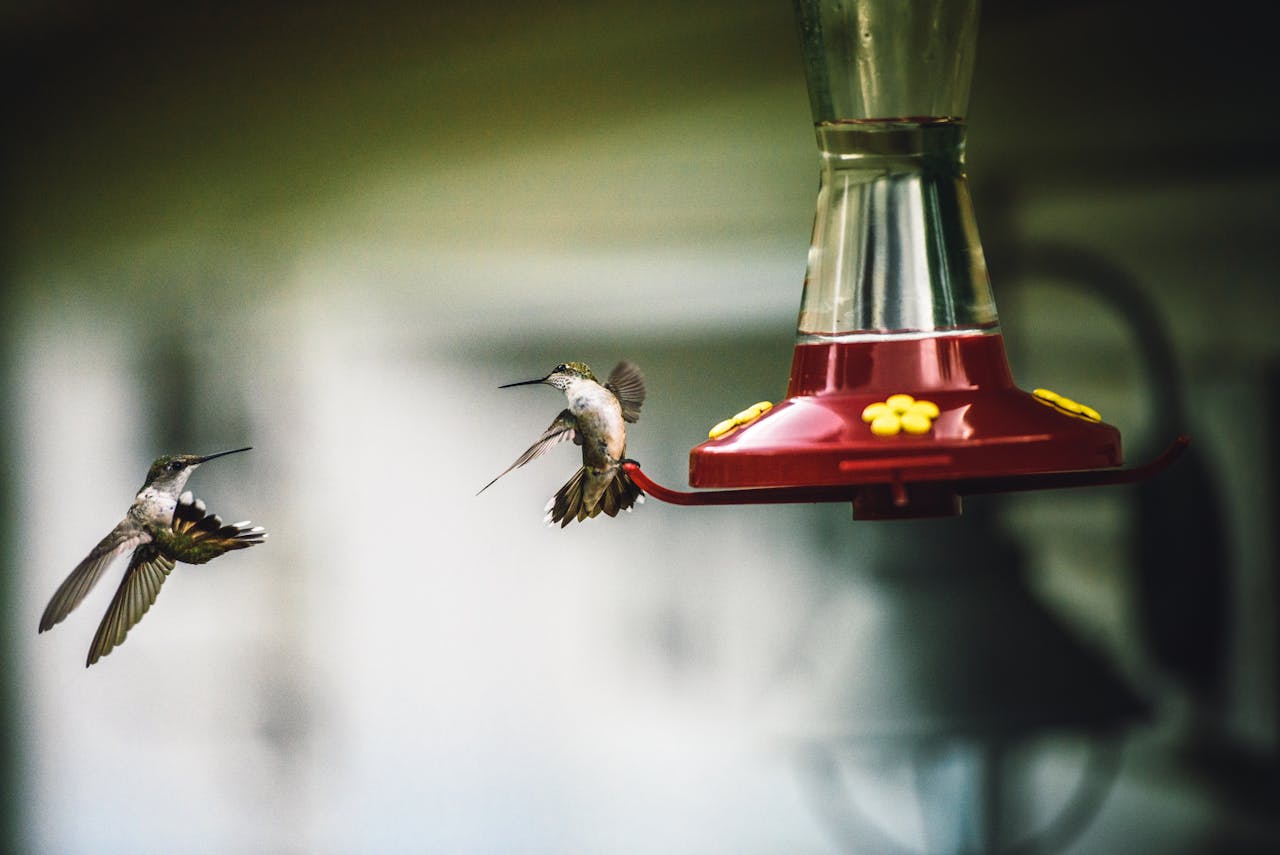
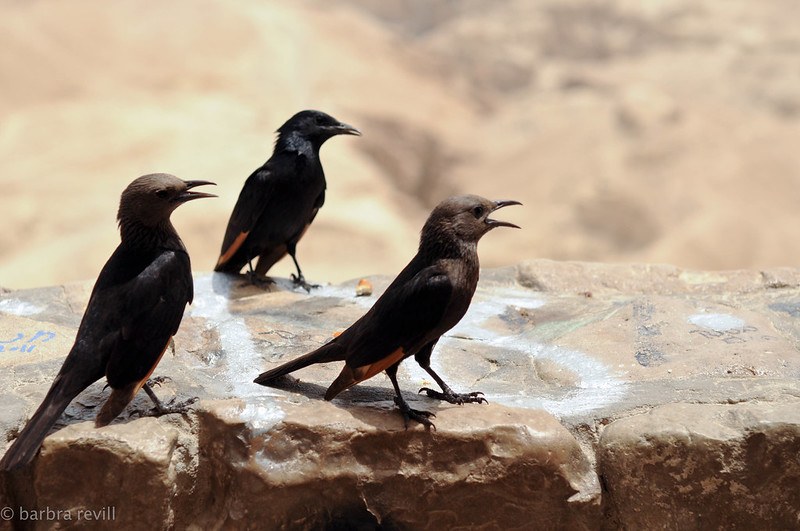

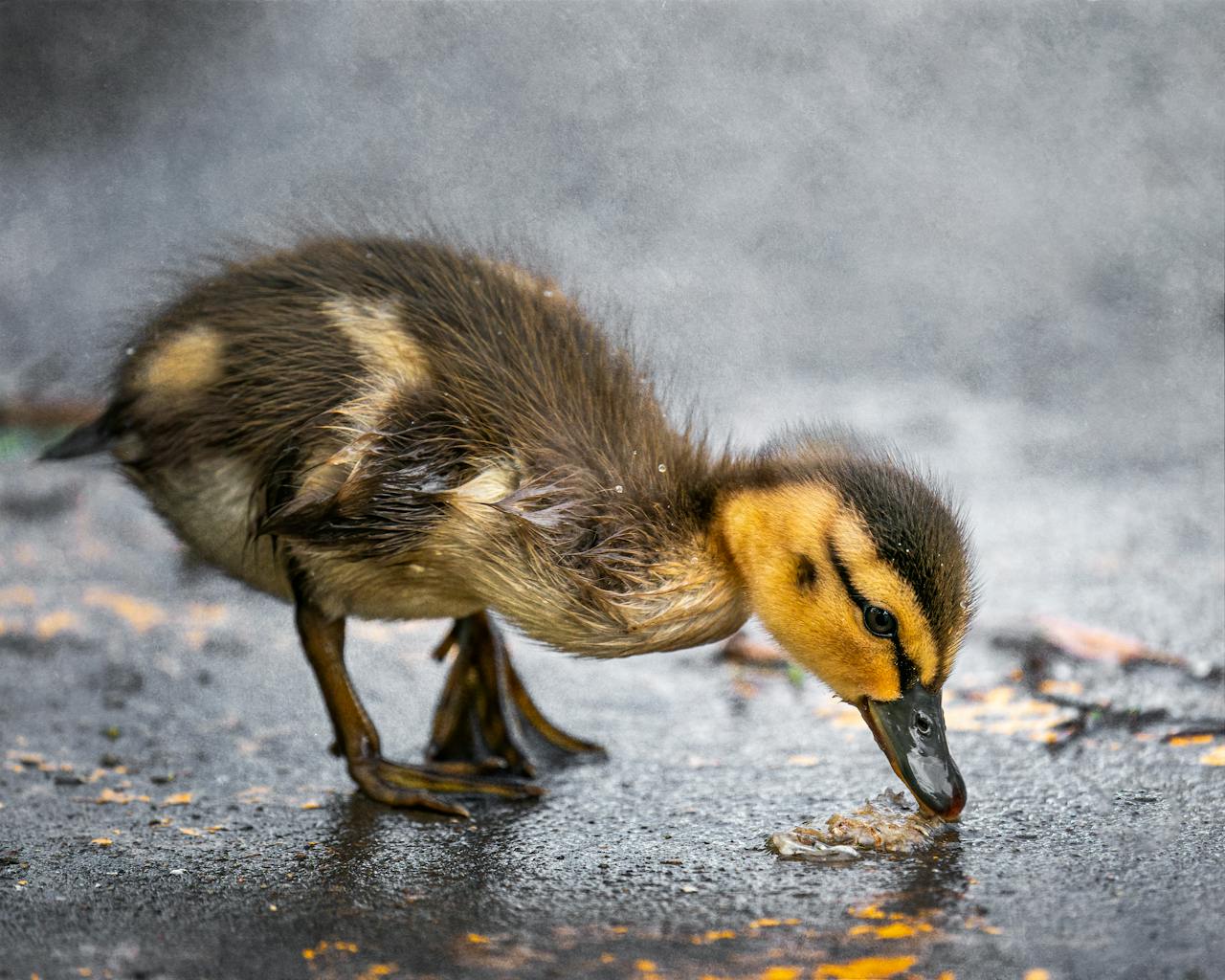
Leave a Reply